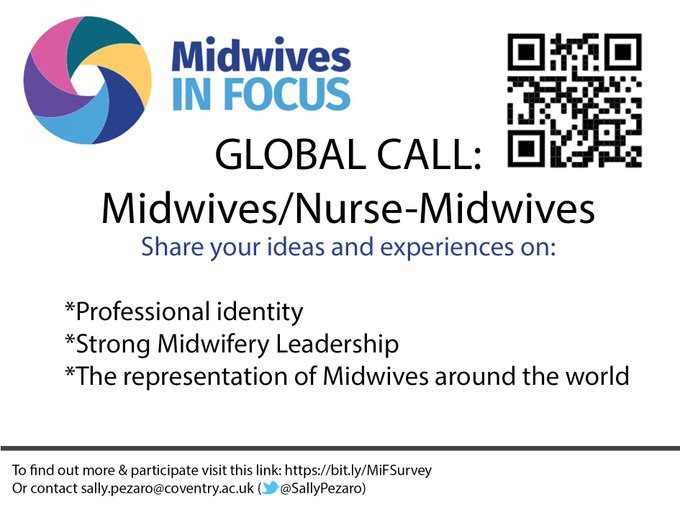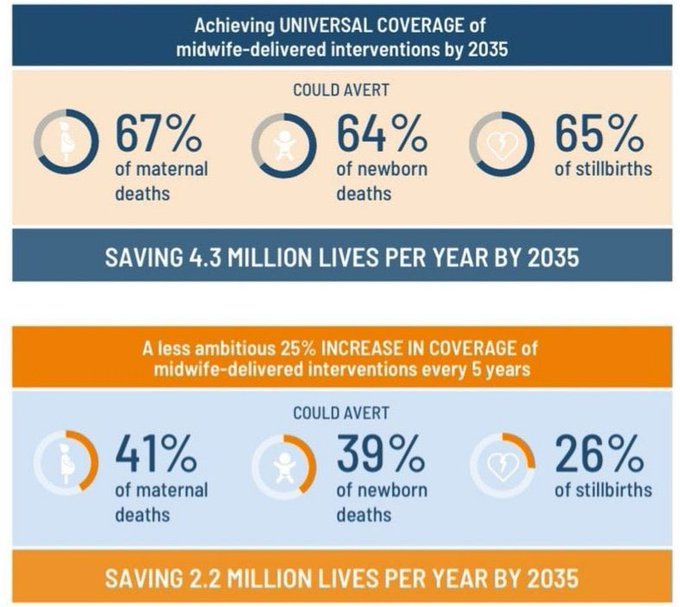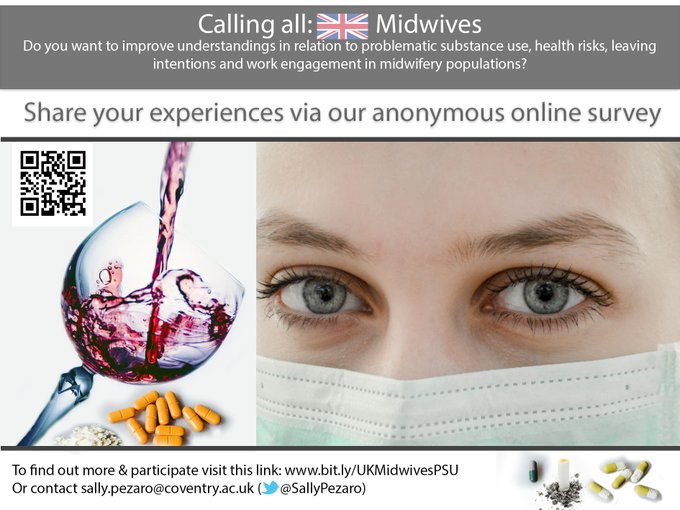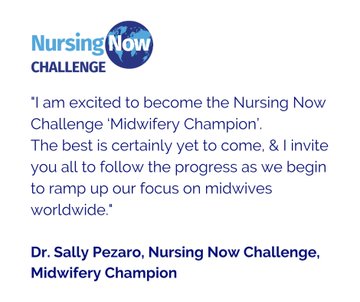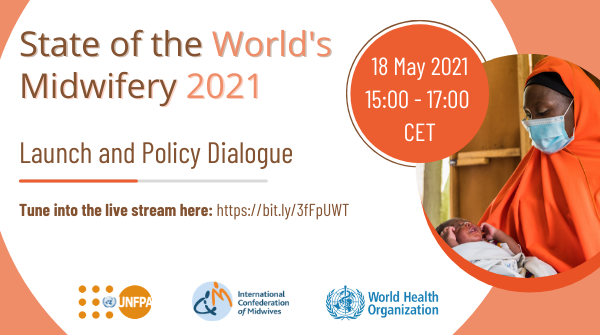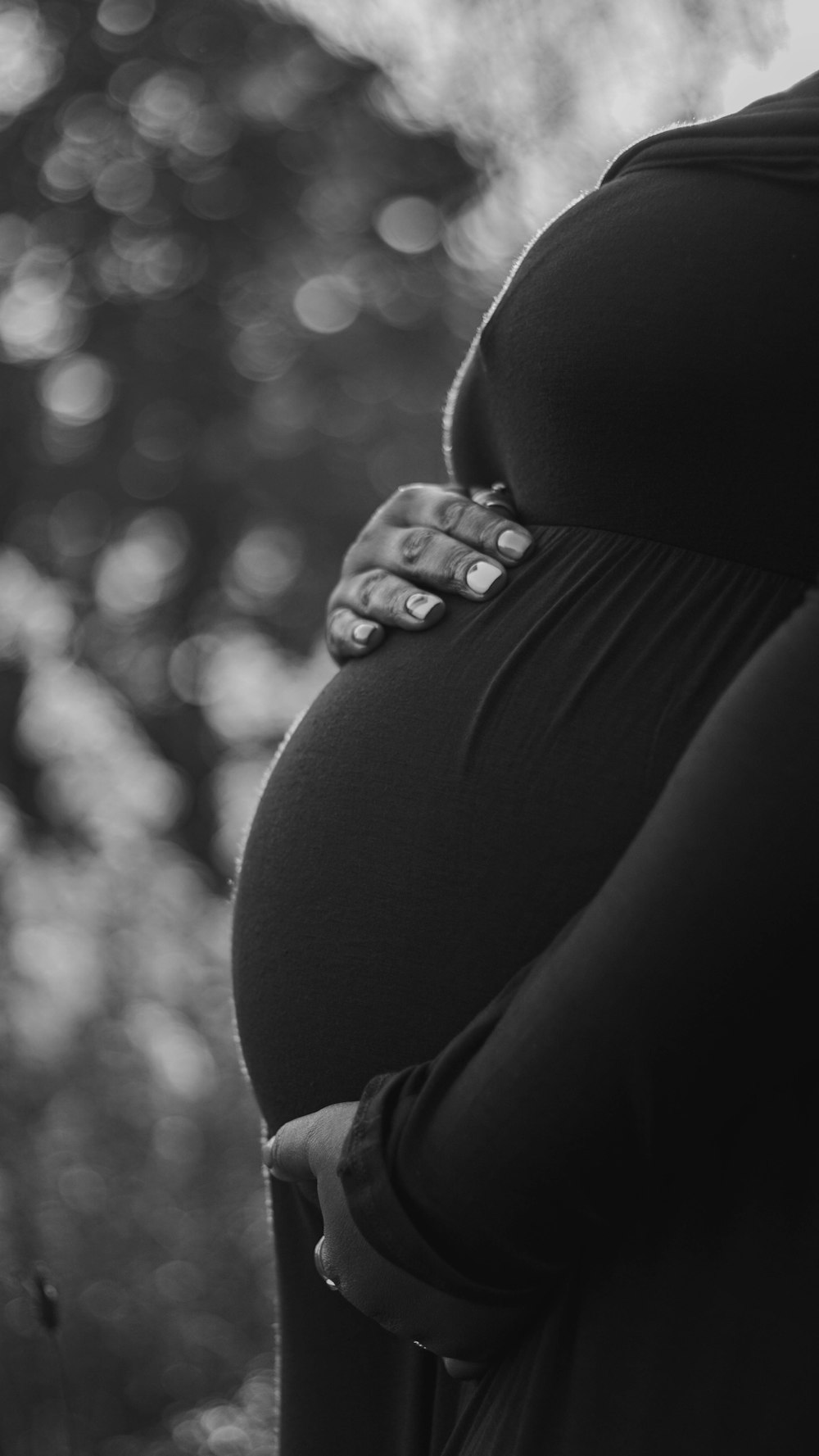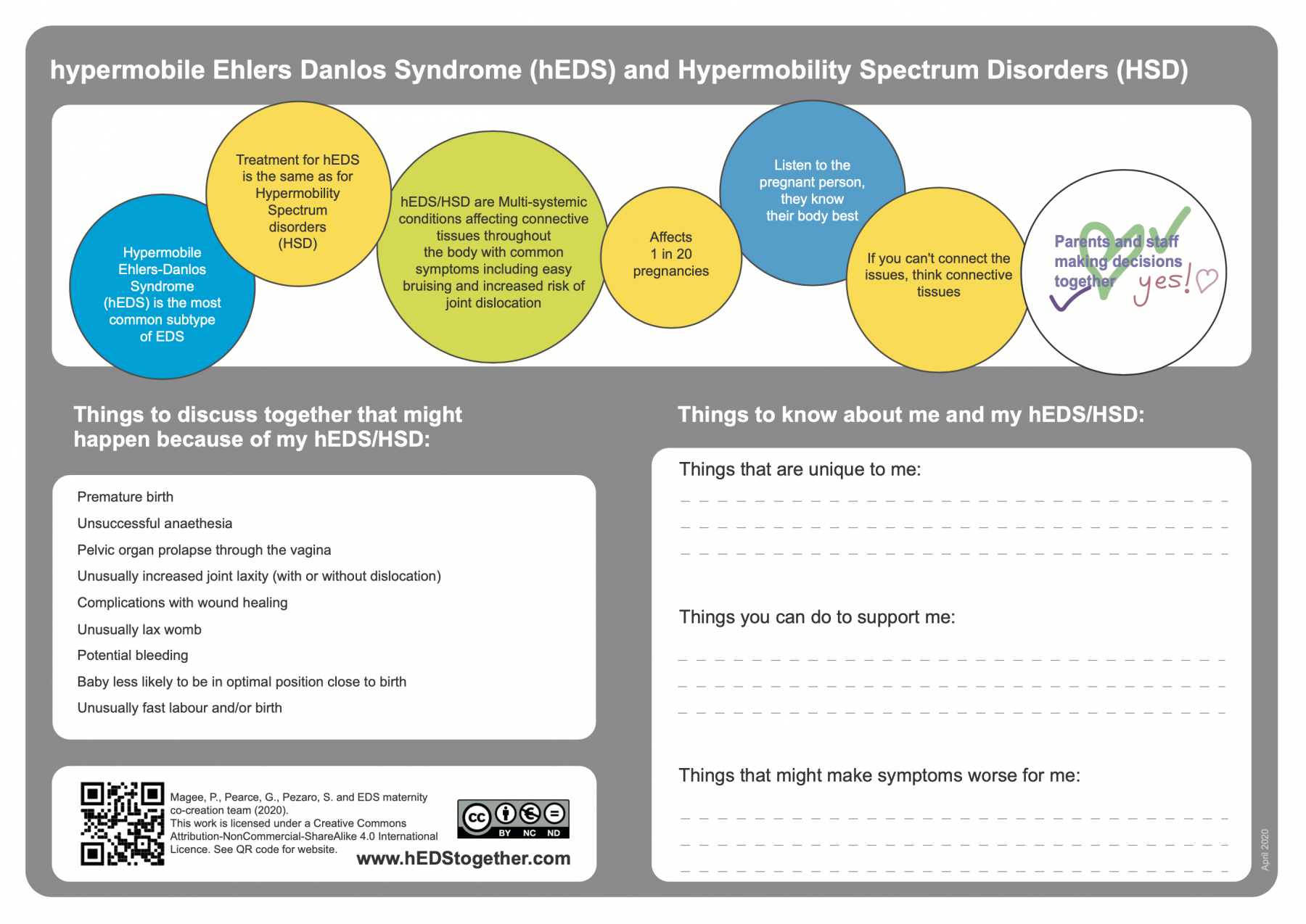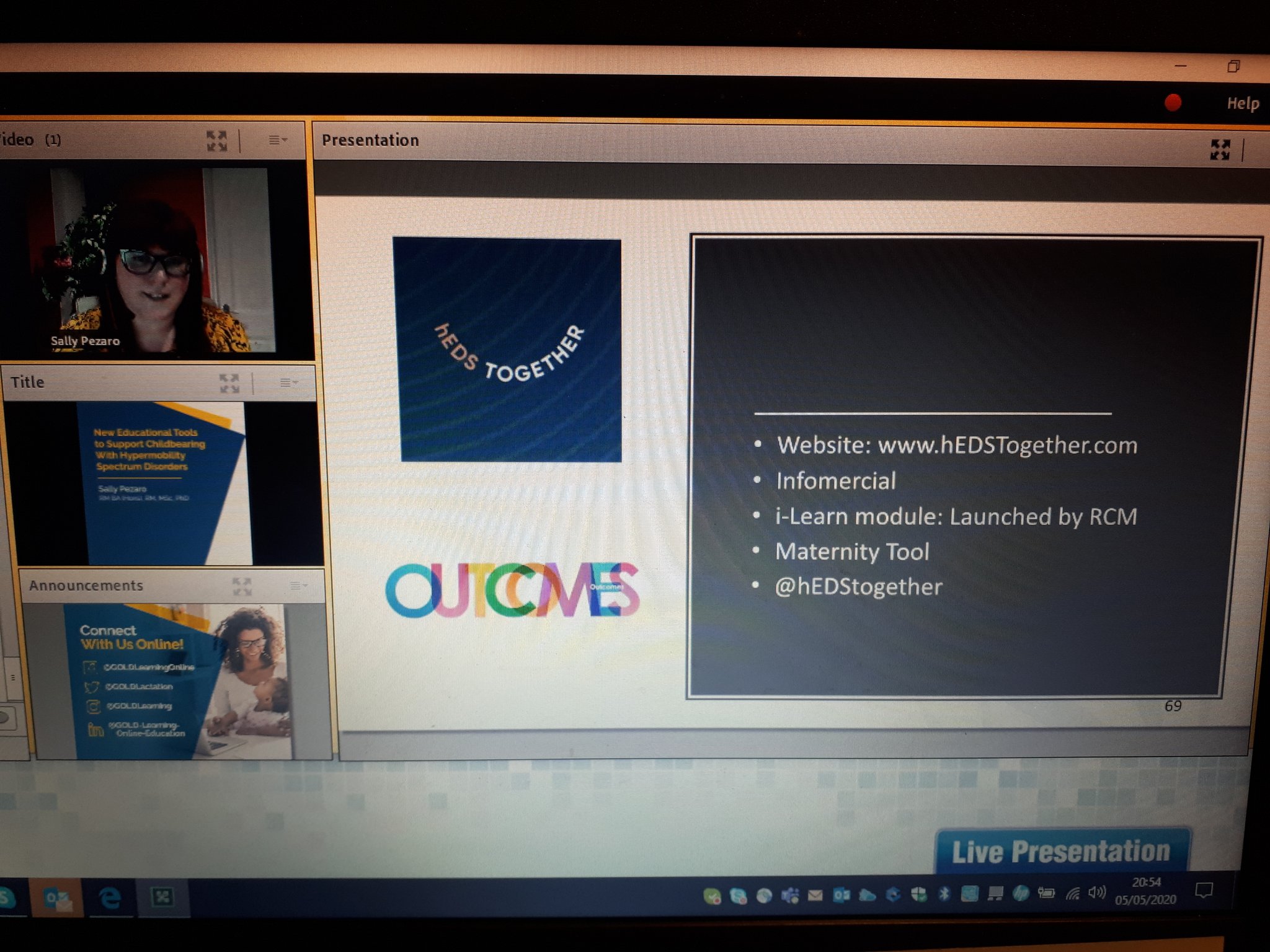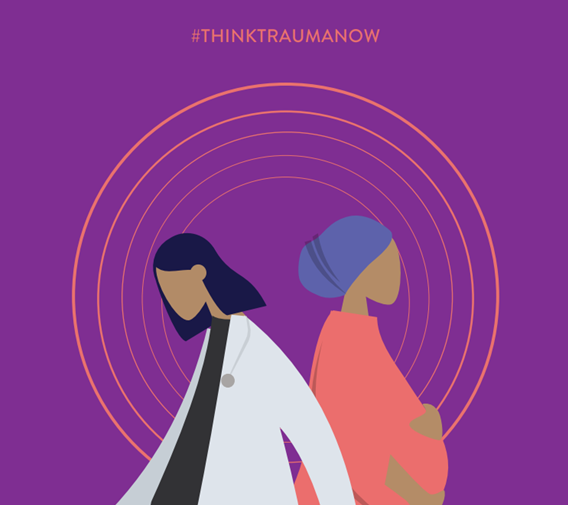Problematic substance use in midwifery populations is an uncomfortable topic to explore, yet:
There are human and financial costs associated with problematic substance use (PSU) among the healthcare workforce, which also has a significant role in medical negligence.This systematic integrative review presents an international summary of the evidence in relation to PSU in midwifery populations.There is limited evidence available in relation to PSU in midwifery populations in comparison to that available for other healthcare populations.As midwives form a part of the general healthcare workforce and are exposed to similar workplace stressors, it is likely that they would be similarly affected by PSU in the healthcare workplace.Future research could usefully capture contemporary data in relation to PSU in distinct midwifery populations.
Our latest review on this topic is the first of it’s kind. We hope this work will act as a useful foundation for future work in this area.
“Healthcare professionals who engage in PSU have indicated that they worry about their PSU, have trouble getting along with others, provide less than their best patient care, have limited their commitment to patient care and seriously consider suicide (Kenna and Wood, 2004). Whilst it has not been possible to identify midwifery populations within such larger data sets, we concur with Weenink et al. (2017), who suggest that it is unlikely midwives are immune from such similar effects.”

“Being the first international systematic integrative review of PSU in midwifery populations, this article presents findings in relation to both midwives and student midwives working in three separate countries, identified from a total of three empirical studies (Deasy et al., 2014; Schluter et al., 2012; Watson et al., 2006). Substances used included tobacco, alcohol and cannabis. Problem substance use was broadly linked to longer working hours and coping with work-related stress via escape avoidance. Whilst the reasons for PSU remained unclear in the survey study by Watson et al. (2006), inferences are made by the authors that this coincided with local promotional ‘student nights’, where alcohol is discounted in price.”

To follow on from this review, we have collected data on PSU from midwives practising in the United kingdom. We hope to publish our results from this soon. You can follow our work on substance use in midwifery populations via this project page.
Follow me via ; The Academic Midwife; This blog
Until next time…Look after yourselves and each other 💚💙💜❤
References
Deasy et al., 2014 – C. Deasy, B. Coughlan, J. Pironom, D. Jourdan, P. Mannix-McNamaraPsychological distress and coping amongst higher education students: a mixed method enquiry. PLoS ONE, 9 (2014), pp. 1-23
Kenna and Wood, 2004 – G.A. Kenna, M.D. WoodAlcohol use by healthcare professionals. Drug Alcohol Depend., 75 (2004), pp. 107-116
Schluter et al., 2012 – P.J. Schluter, C. Turner, C. BeneferLong working hours and alcohol risk among Australian and New Zealand nurses and midwives: a cross-sectional study. Int. J. Nurs. Stud., 49 (2012), pp. 701-709
Watson et al., 2006 – H. Watson, R. Whyte, E. Schartau, E. JamiesonSurvey of student nurses and midwives: smoking and alcohol use. Br. J. Nurs., 15 (2006), pp. 1212-1216
Weenink et al., 2017 – J.W. Weenink, R.B. Kool, R.H. Bartels, G.P. WestertGetting back on track: a systematic review of the outcomes of remediation and rehabilitation programmes for healthcare professionals with performance concerns. BMJ Qual. Saf., 26 (2017), pp. 1004-1014


